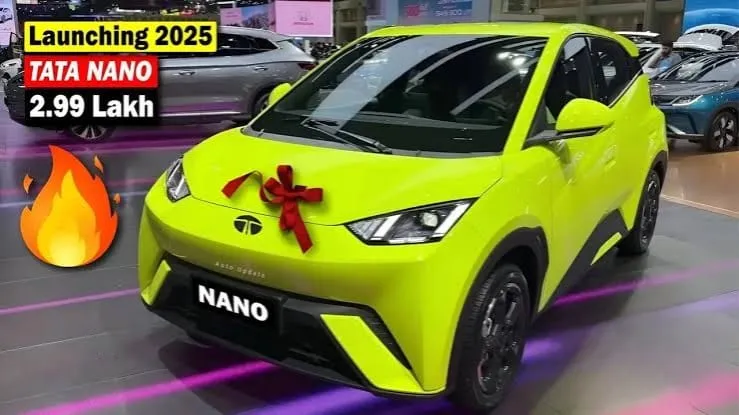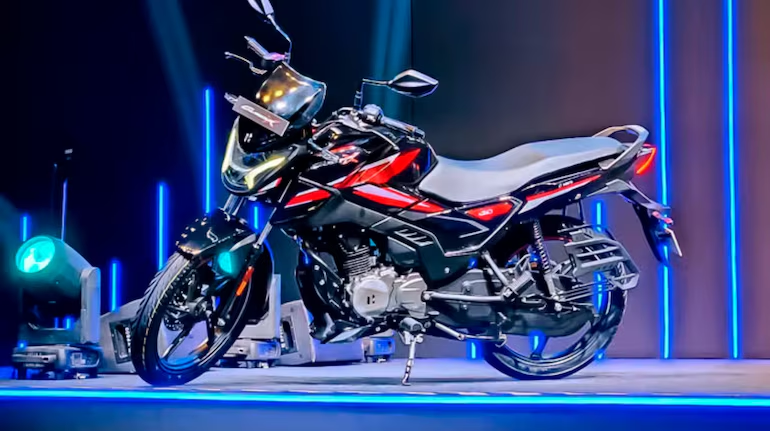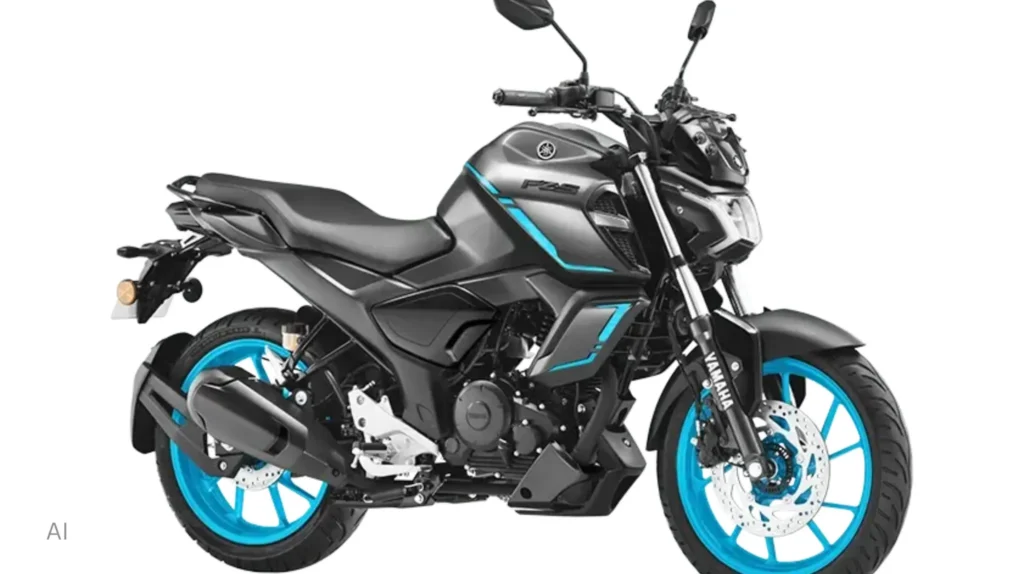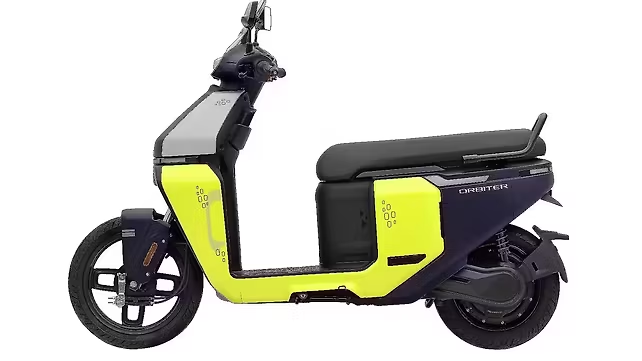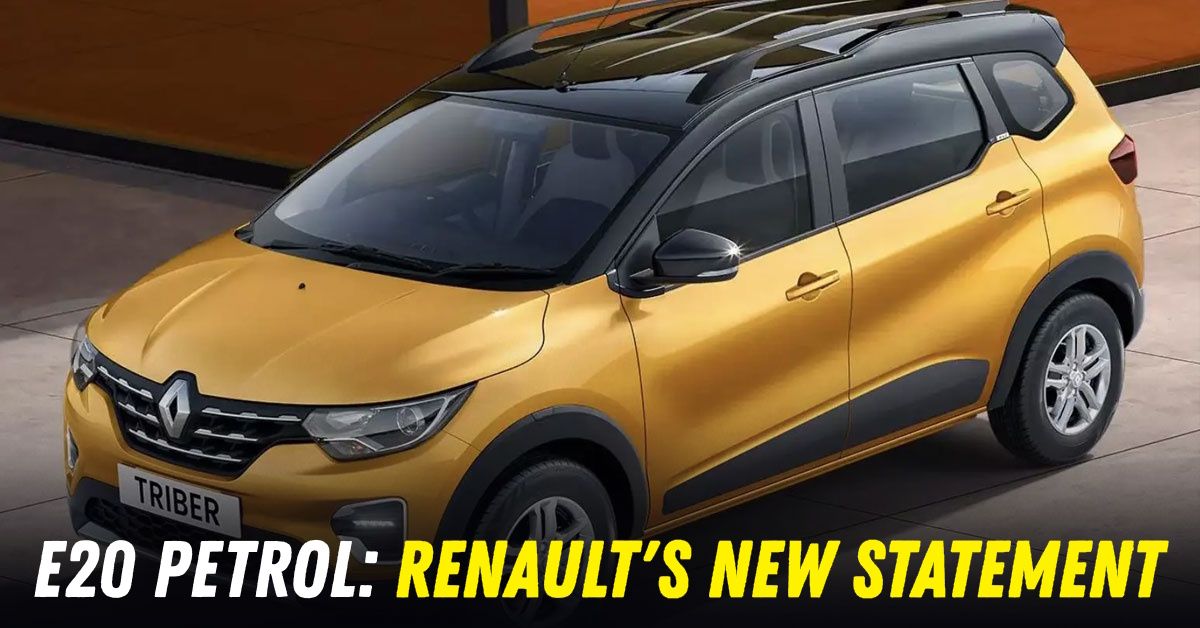In a world where fuel prices fluctuate and environmental concerns grow, finding an affordable, eco-friendly vehicle feels like a challenge for many. Imagine a car that fits your budget, offers a impressive range, and helps reduce your carbon footprint—all without breaking the bank. The Tata Nano EV promises to address these pain points, bringing back the spirit of accessible mobility. This article dives into the buzz around its potential launch, expected features, pricing, and how it could change the game for everyday commuters in India. We’ll explore its history, specs, comparisons, and more to help you decide if this is the EV you’ve been waiting for. about us
The Legacy of Tata Nano: From People’s Car to Electric Revival
The original Tata Nano, launched in 2009, was designed as the world’s cheapest car, aimed at making four-wheel mobility available to millions. Priced at around 1 lakh rupees initially, it targeted two-wheeler owners dreaming of upgrading. However, challenges like perception issues, safety concerns, and production hurdles led to its discontinuation in 2018.
Fast forward to 2025, and whispers of a Tata Nano EV revival are gaining traction. Tata Motors, a leader in India’s EV space with models like the Nexon EV and Punch EV, seems poised to reintroduce the Nano in an electric form. This move aligns with India’s push towards sustainable transport, supported by government incentives like FAME-II subsidies.
Industry experts speculate that the Tata Nano EV could launch by late 2025 or early 2026, based on patents and prototypes spotted. While official confirmation is pending, the excitement stems from its potential to be the most budget-friendly EV, echoing the original Nano’s mission.
Why Revive the Nano as an EV?
Electric vehicles are booming in India, with sales crossing 1.5 million units in 2024. Yet, high prices remain a barrier for mass adoption. The Tata Nano EV could bridge this gap, offering city-friendly dimensions, low running costs (around 1 rupee per km), and zero emissions.
Tata’s expertise in EVs, seen in their 2 lakh units sold milestone, positions them well. A Nano EV would leverage shared platforms from existing models, reducing development costs and enabling aggressive pricing.
Expected Specifications of Tata Nano EV
Based on leaks and analyst predictions, the Tata Nano EV is shaping up to be a compact hatchback optimized for urban use. Here’s a breakdown of what to expect.
Battery and Range
The highlight is its projected 300KM splendid range, making it suitable for daily commutes and short trips. Sources suggest a 17-24 kWh lithium-ion battery pack, delivering a real-world range of 200-300 km on a single charge.
- Battery Capacity: 17-24 kWh
- Range: Up to 300 km (ARAI certified estimate)
- Charging Time: 4-6 hours with standard AC; fast charging to 80% in 60 minutes
This setup would use Tata’s efficient Ziptron technology, ensuring reliability and longevity with an 8-year battery warranty.
Performance and Drivetrain
Powered by a single electric motor, the Tata Nano EV is expected to produce 50-70 bhp and instant torque for zippy city driving. Top speed might cap at 100 kmph, prioritizing efficiency over highway prowess.
- Acceleration: 0-60 kmph in under 10 seconds
- Drivetrain: Front-wheel drive
- Modes: Eco, City, and Sport for customizable performance
Dimensions and Design
Retaining the Nano’s compact footprint, it measures around 3.1 meters long, ideal for tight parking and traffic.
- Length: 3164 mm
- Width: 1750 mm
- Height: 1652 mm
- Wheelbase: 2230 mm
- Ground Clearance: 180 mm
Design updates include sleeker LED headlights, aerodynamic tweaks, and EV-specific elements like a closed grille. Colors could range from vibrant reds to modern dual-tones.
Features and Interior of Tata Nano EV
Tata aims to modernize the Nano without inflating costs. The interior would be minimalist yet functional, seating four comfortably.
Tech and Infotainment
A 7-inch touchscreen with Android Auto and Apple CarPlay headlines the cabin. Voice commands and connected features via Tata’s iRA app allow remote monitoring of battery status.
- Infotainment: 7-10 inch display (top variants)
- Audio: 4-speaker system
- Connectivity: Bluetooth, USB-C ports, wireless charging
Safety Features
Safety has improved since the original Nano. Expect standard dual airbags, ABS with EBD, and electronic stability control.
- Airbags: Dual front (up to 6 in higher trims)
- ADAS: Basic level-1 features like lane keep assist in premium variants
- Other: Rear parking sensors, camera, tyre pressure monitoring
Comfort and Convenience
Air conditioning with auto climate control, power windows, and keyless entry make it practical. Boot space: 200 liters, expandable by folding seats.
Pricing and Variants of Tata Nano EV
The Tata Nano EV is touted as Tata’s cheap electric car that will fit in the budget of the poor too. Expected starting price: ₹5-7 lakh (ex-showroom), after subsidies.
Variants might include:
| Variant | Expected Price (₹ Lakh) | Key Features |
|---|---|---|
| Base (XE) | 5-5.5 | Basic infotainment, manual AC, dual airbags |
| Mid (XM) | 6-6.5 | Touchscreen, power windows, rear sensors |
| Top (XT) | 6.5-7 | Wireless charging, sunroof, 360-camera |
This pricing undercuts rivals like the MG Comet EV (starting at ₹7 lakh), making it accessible.
Pros and Cons of Tata Nano EV
Like any vehicle, the Tata Nano EV has strengths and potential drawbacks.
Pros
- Affordable entry into EVs
- Impressive 300KM splendid range for the price
- Low maintenance and running costs
- Compact size for city navigation
- Tata’s reliable after-sales network
Cons
- Limited highway performance
- Basic features in entry variants
- Smaller boot compared to larger EVs
- Potential wait times post-launch due to demand
Comparison Table: Tata Nano EV vs Competitors
How does it stack up against other budget EVs?
| Feature | Tata Nano EV (Expected) | MG Comet EV | Tiago EV |
|---|---|---|---|
| Price (Starting) | ₹5 lakh | ₹7 lakh | ₹8.5 lakh |
| Range | Up to 300 km | 230 km | 315 km |
| Battery | 17-24 kWh | 17.3 kWh | 24 kWh |
| Seating | 4 | 4 | 5 |
| Charging Time (Fast) | 60 min (80%) | 3.5 hours (full) | 58 min (80%) |
| Safety (Airbags) | 2-6 | 2 | 2 |
The Nano EV shines in affordability and range, ideal for first-time EV buyers.
Real-World Example: A Case Study
Consider Raj, a delivery executive in Mumbai. He switched from a scooter to a retrofitted Nano EV prototype by Electra EV. With 200 km daily runs, he saves ₹500 weekly on fuel. The compact size navigates traffic effortlessly, and charging at home cuts costs further. If the official Tata Nano EV launches, users like Raj could benefit from warranties and nationwide support.
What’s New in 2025 for Tata Nano EV
2025 brings EV advancements like better battery tech and faster charging. For the Nano EV, expect integration of Tata’s Acti.ev platform for modular design. New in 2025: Potential V2L (vehicle-to-load) tech for powering devices, enhanced regenerative braking, and over-the-air updates for software improvements.
Tata’s mega-chargers rollout (10 new stations) will support longer trips. Sustainability focus includes recycled materials in interiors.
FAQ
What is the expected launch date of Tata Nano EV?
The Tata Nano EV is rumored to launch in late 2025 or early 2026, though Tata Motors hasn’t confirmed. Keep an eye on official announcements for updates.
What is the price of Tata Nano EV in India?
Expected to start at ₹5 lakh, the Tata Nano EV aims to be India’s cheapest EV, fitting budgets with subsidies. Variants may go up to ₹7 lakh.
What is the range of Tata Nano EV?
It offers a 300KM splendid range on a full charge, ideal for city use. Real-world figures could be 200-250 km depending on conditions.
Does Tata Nano EV have fast charging?
Yes, expect 80% charge in 60 minutes with DC fast chargers. Home AC charging takes 4-6 hours.
Is Tata Nano EV safe?
It includes dual airbags, ABS, and ESC as standard. Higher variants may add more airbags and ADAS features.
How does Tata Nano EV compare to MG Comet EV?
The Nano EV is cheaper (₹5 lakh vs ₹7 lakh) with similar range but simpler features. It’s better for pure budget buyers.
Conclusion
The Tata Nano EV revives the dream of affordable mobility, blending a 300KM splendid range with budget pricing to make EVs accessible. From its compact design to efficient performance, it could transform urban commuting in India. While awaiting official launch, its potential as Tata’s cheap electric car that will fit in the budget of the poor too is exciting. contact us
